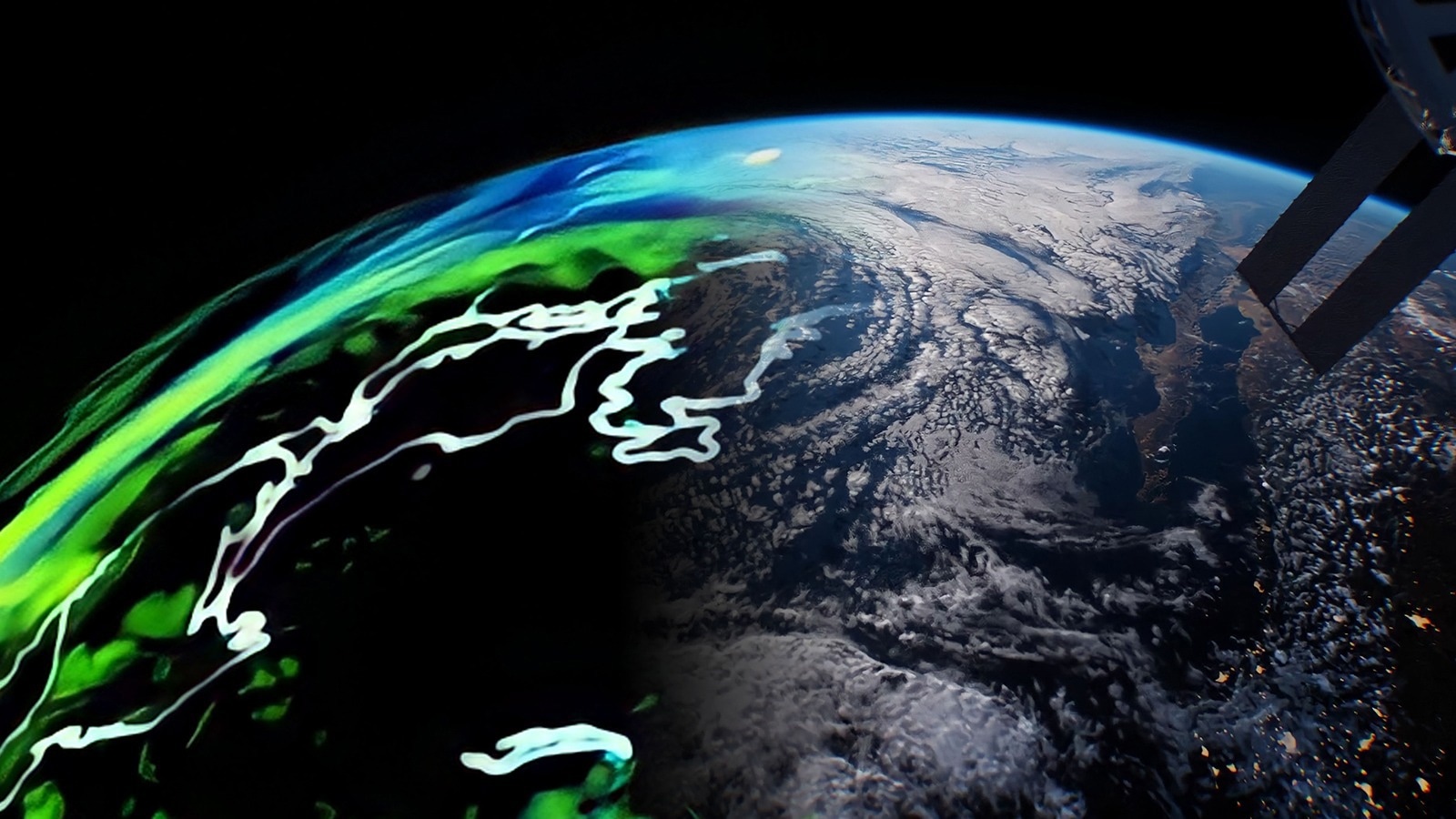Lockheed Martin and NVIDIA today announced a collaboration to build an Artificial Intelligence (AI)-driven Earth Observations Digital Twin that will provide the National Oceanic and Atmospheric Administration (NOAA) with an efficient and centralized approach to monitor current global environmental conditions, including extreme weather events.

(Image courtesy of NVIDIA).
The two companies expect to fully integrate and demonstrate one of the variable data pipelines – sea surface temperature -- by September 2023, one year after initial contract award.
Presently, NOAA receives terabytes of data about its five earth systems domains – the cryosphere, land, atmosphere, space weather and ocean – from numerous space and Earth-based sensor sources. NOAA administrators and researchers have to collect, combine and analyze that information to observe and understand environmental conditions and changes.
The new Earth Observations Digital Twin – developed under contract with Lockheed Martin Space – working with NVIDIA – will provide NOAA with a high-resolution, accurate and timely depiction of global conditions, using current satellite and ground-based observations.
For the project, Lockheed Martin’s OpenRosetta3D™ platform will utilize AI and Machine Learning (ML) to ingest, format and fuse observations from multiple sources into a gridded data product and detect anomalies. NVIDIA Omniverse Nucleus, the collaboration and database engine of its Omniverse world simulation platform, will convert data into the Universal Scene Description framework, enabling data-sharing across multiple tools and between researchers. Agatha, a Lockheed Martin-developed visualization platform, will ingest this incoming data from Omniverse Nucleus and allow users to interact with it in an Earth-centric 3D environment.
“At Lockheed Martin we regularly use digital twins and AI to provide our government customers with the clearest, current situational picture and actionable intelligence for their important missions,” said Matt Ross, senior program manager at Lockheed Martin Space. “We’re pleased that we can use our technology experience to collaborate with NVIDIA on this project to provide NOAA a timely, global visualization for their own important missions.”
“Digital twins will help us solve the world’s hardest scientific and environmental challenges,” said Dion Harris, lead product manager of accelerated computing at NVIDIA. “The combination of Lockheed Martin’s AI technology with NVIDIA Omniverse will give NOAA researchers a powerful system to improve weather predictions at a global scale.”
Lockheed Martin and NVIDIA are already collaborating on an effort to help fight wildfires, which have burned more than 7.2 million U.S. acres this year. By pairing Lockheed Martin’s AI/ML platforms and joint all domain command and control capabilities with NVIDIA’s Omniverse, the two companies are demonstrating how firefighters can use advanced technology to help better detect, predict and suppress wildfires.